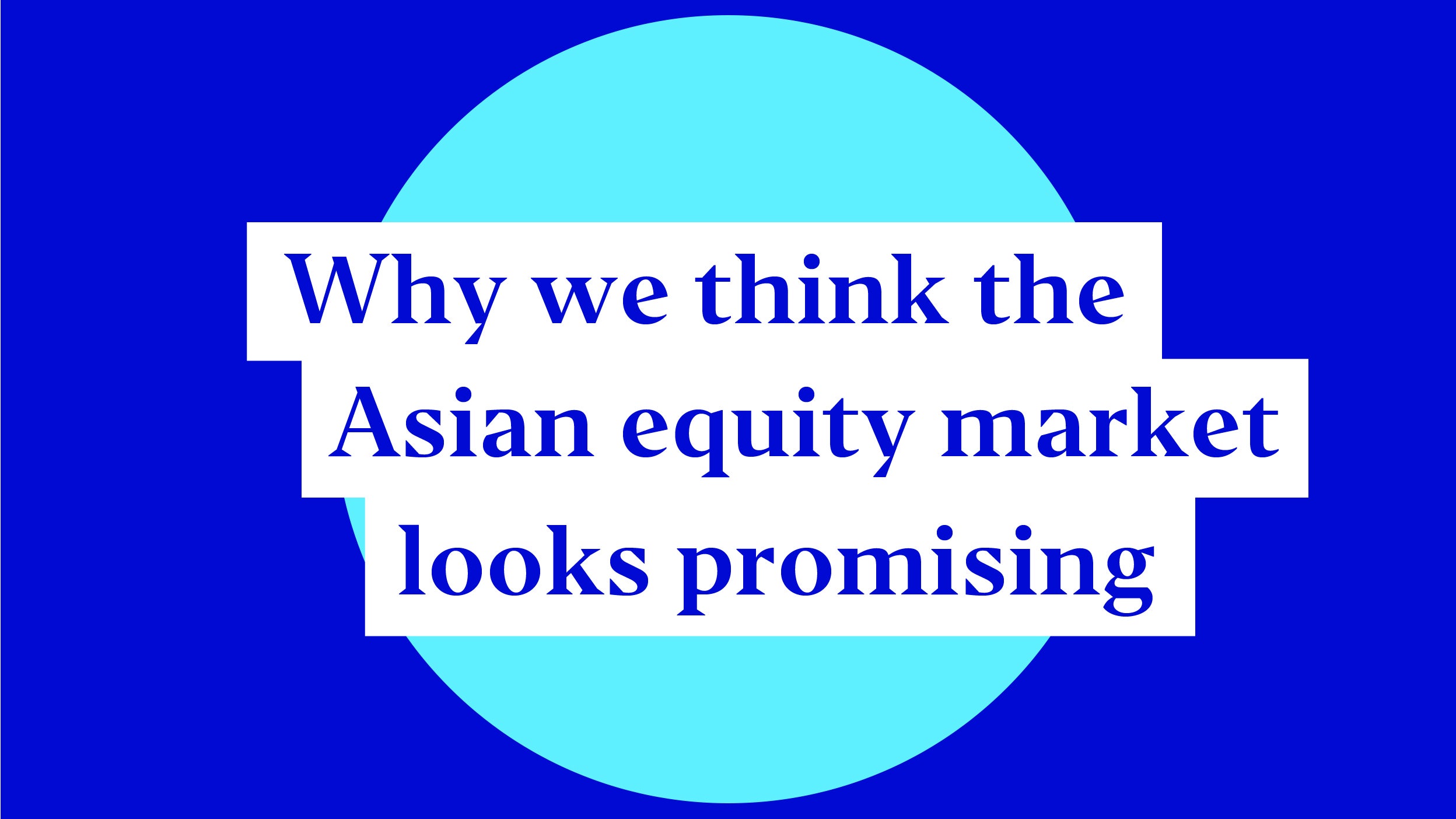Questions surrounding large Chinese internet companies
Last year saw President Xi place an increased emphasis on the need for more inclusive economic growth in China and ‘common prosperity’. This, in turn, led to a focus on combating anti-trust practices, ensuring data security as well as safeguarding employees and families.
The strategy’s holdings in large internet companies such as Tencent and Alibaba were negatively impacted, with share prices and valuations correcting from relatively high levels amidst a flurry of headlines surrounding the issuance of fines and new regulatory measures.
When we examine the absolute earnings impact from these changes, it appears small relative to the decline in company share prices. We were happy to trim positions in these holdings when valuations were high, but now they are available at historically low levels, below those we think are reasonable.
True to our principles, we have been adding on weakness, reflecting the fact that we know these companies very well and we don’t require aggressive assumptions on growth and valuations looking 3 years out to justify the investment case.
Longer-term, while there was merit in addressing some of the excesses in corporate behaviour it does not seem logical to us for the government to continually undermine one of the more vibrant sectors of the economy, particularly one so potentially instrumental in narrowing the technology gap with the US (a key government aim).
Therefore, it seems likely that the intensity of regulatory scrutiny will eventually fade, allowing share prices to recover as the risk premium declines. It is also worth noting that these events may eventually have a positive impact on the well-capitalised, as access to capital is reduced for the sector, the fuel that drove intense competition.
Risks rising yields – US tightening
Finally, we should address the risks. The biggest risk is always going to be the one that no one has thought of yet, but two that are getting plenty of airtime are the prospect of higher inflation and US tightening.
Inflationary pressures are likely to remain a focus for investors. We feel that the best way to mitigate against a more adverse inflation outcome is to avoid stocks, whose current market valuations cannot be justified by their future cashflows – even at current low interest rates.
We believe that this is an environment that suits our investment approach, with a laser focus on valuation, seeking to find out where the market has failed to correctly price the multi speed nature of the recovery.
Rising US treasury yields have historically made it tough for Asian markets to perform, with concerns that financial conditions may tighten. However, we remain sanguine.
Policy in Asia remains orthodox, with real yields still reasonable, while a few central banks have pre-emptively tightened, providing a cushion against US policy tightening. Also, yields in the US are rising from a very low base and its cyclical recovery remains strong, which should support demand.
While this period of high growth is unlikely to last, our base case is that economic activity this decade can trend higher than the decade post-GFC. Banking systems are healthy, and the investment required to decarbonize economies is significant. In our view, Asian equities could benefit from this environment, given the reasonable valuations on offer.




